News
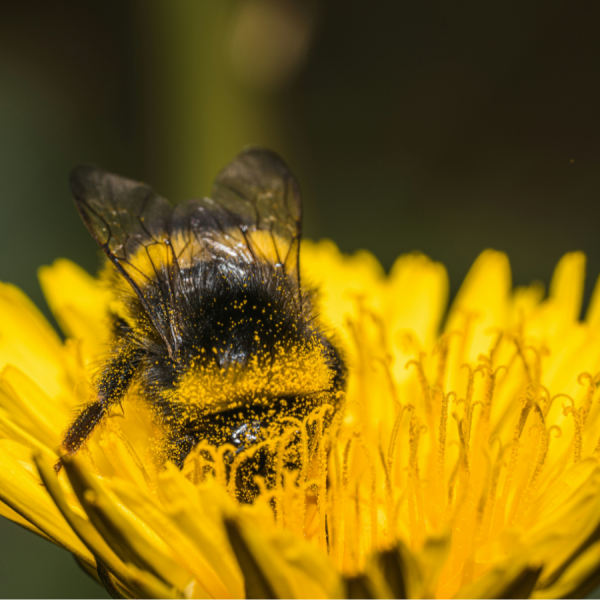
Jul 02, 2025
What a bumble bee chooses to eat may not match ideal diet
A new study led by researchers at Penn State suggests that what bumble bees choose to eat may not line up with their ideal nutritional needs.
Full Article
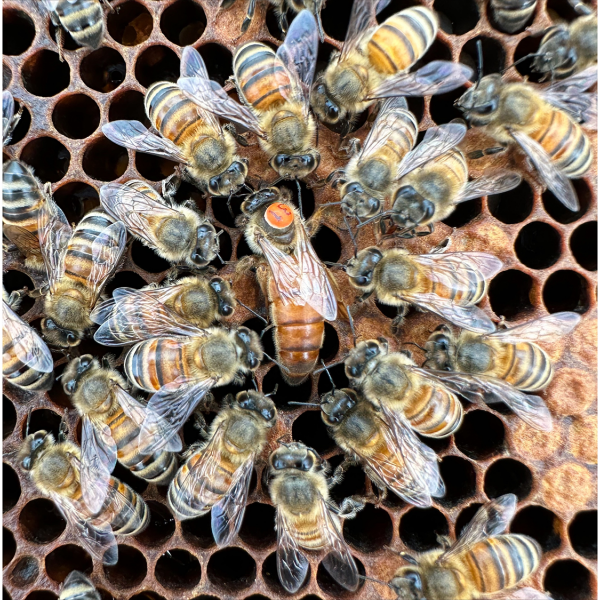
Jun 20, 2025
How a genetic tug-of-war decides the fate of a honey bee
Despite having identical genetic instructions, female honey bee larvae can develop into either long-lived reproductive queens or short-lived sterile workers who help rear their sisters rather than laying their own eggs. Now, an interdisciplinary team led by researchers at Penn State has uncovered the molecular mechanisms that control how the conflict between genes inherited from the father and the mother determine the larva’s fate.
Full Article
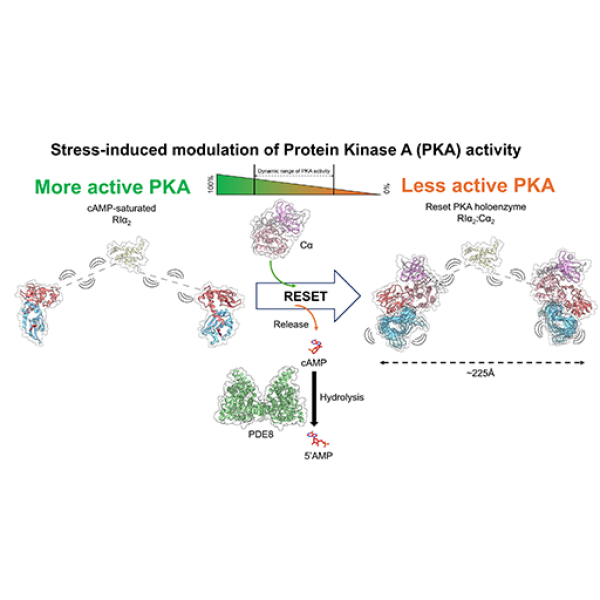
May 29, 2025
Resetting the fight-or-flight response
New study reveals mechanism responsible for resetting key molecular cycle involved in response to stress and starvation.
Full Article

Feb 14, 2025
ChatGPT for birdsong may shed light on how language is wired in the human brain
Just like ChatGPT and other generative language models train on human texts to create grammatically correct sentences, a new modeling method by researchers at Penn State trains on recordings of birds to create accurate birdsongs.
Full Article
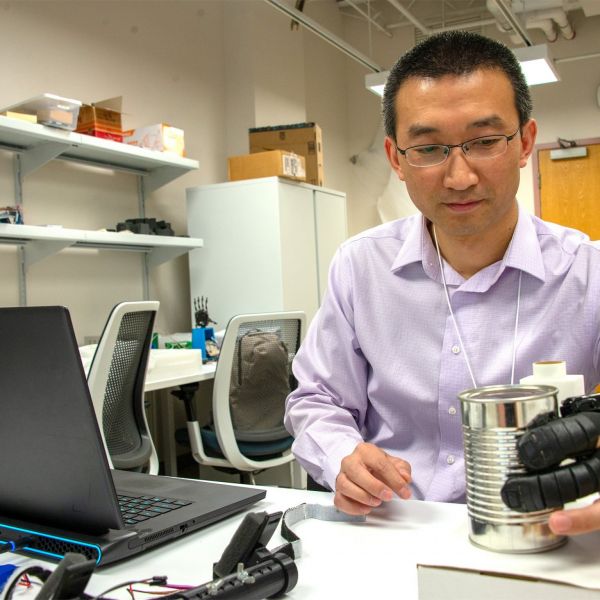
Dec 17, 2024
Person-centered, bio-inspired research leads to improved control of prosthetics
Penn State researcher focuses on creating wearable assistive robotic systems for people with limited use of their limbs, especially their hands, with the goal of the user intuitively controlling the systems and devices on which they rely.
Full Article
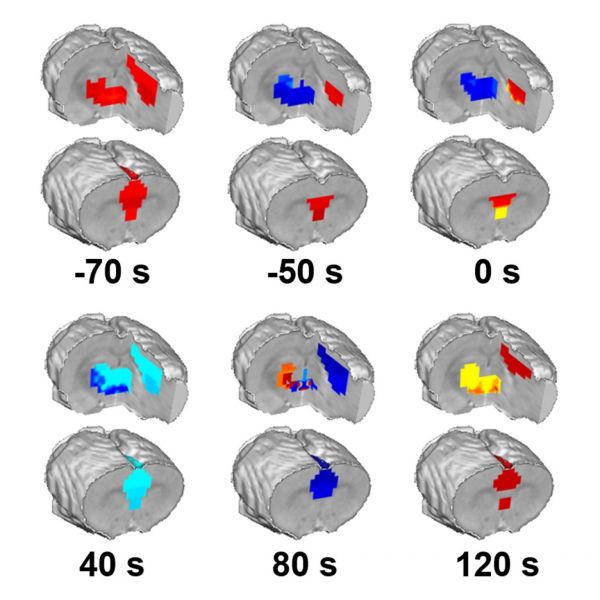
Dec 11, 2024
Brain mechanisms underpinning loss of consciousness identified
Rapid activity in three brain regions appears to trigger loss of consciousness, researchers at Penn State find.
Full Article
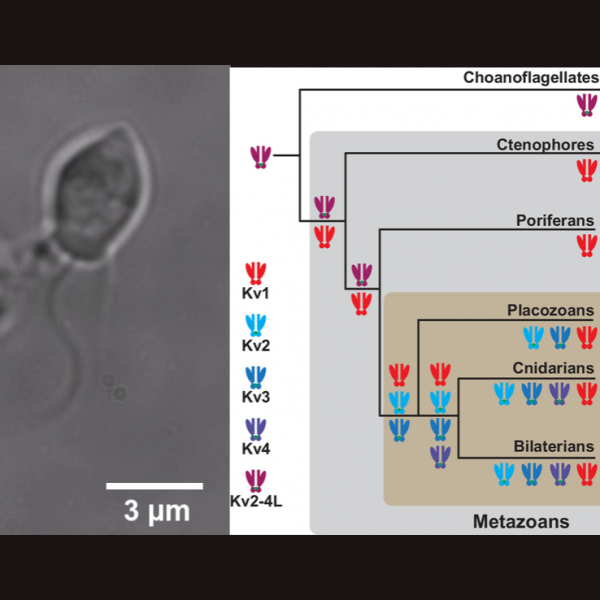
Aug 13, 2024
Rewriting the evolutionary history of critical components of the nervous system
A new study has rewritten the conventionally understood evolutionary history of certain proteins critical for electrical signaling in the nervous system. The study, led by Penn State researchers, shows that the well-studied family of proteins — potassium ion channels in the Shaker family — were present in microscopic single cell organisms well before the common ancestor of all animals.
Full Article
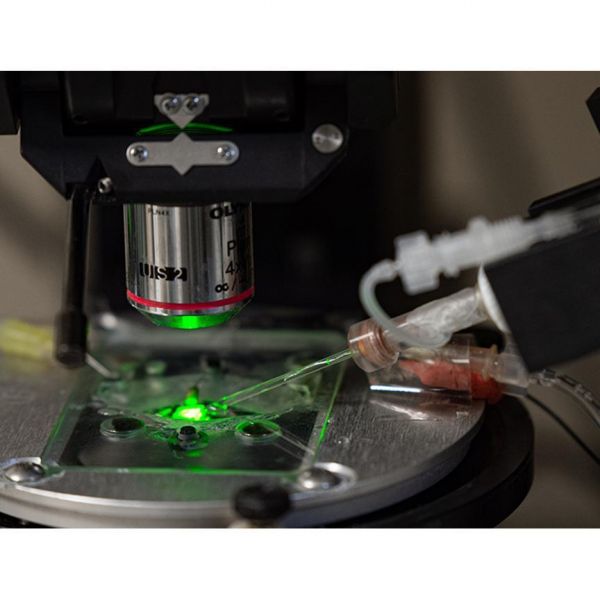
Aug 18, 2023
Uncovering the role of somatostatin signaling in the brain
New research in mice demonstrates how the signaling molecule somatostatin acts to dampen neural circuits in the prefrontal cortex and stimulate exploratory behavior.
Full Article